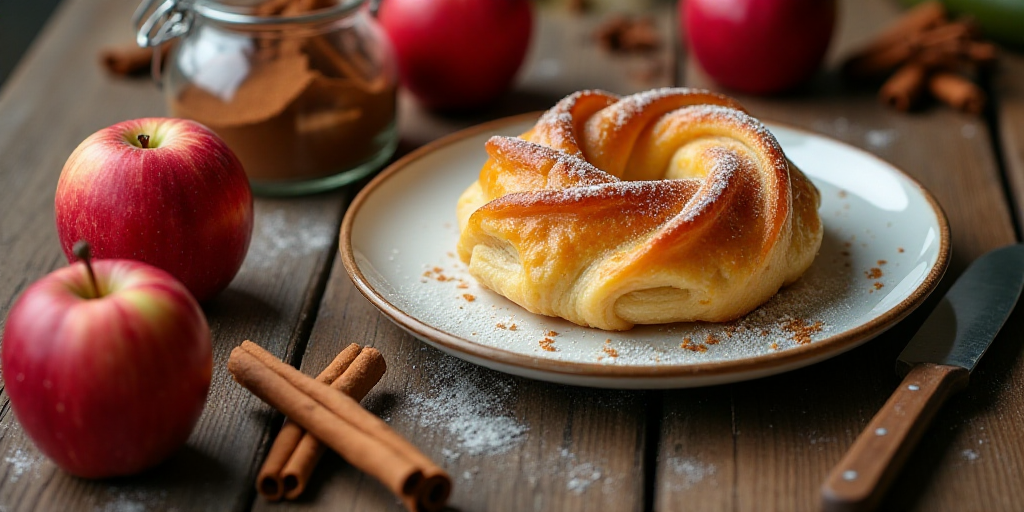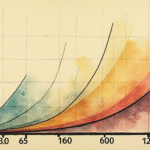Origins and Historical Significance
The apple strudel, a crispy, warm, and cinnamon-scented dessert, tells stories with every bite. Its origins trace back to the 17th century when cooks in the Austro-Hungarian Empire made it a symbol of central European pastry, featuring thin pastry and a juicy filling of apples, nuts, and spices.
Crossing Borders
In Mexico, this dessert journeyed alongside 20th-century European migration waves. It arrived with Austrian, German, and Hungarian families settled in Mexico City or northern states like Chihuahua or Nuevo León. Southern US bakery influences, particularly from Texas, also brought simplified strudel versions that eventually became Mexicanized.
Key Facts and Traditions
- The oldest known recipe dates back to 1696 and is found in a Viennese manuscript preserved at the Austrian National Library.
- Traditionally, a good strudel dough was so thin that one could read a love letter through it.
- In Vienna, strudel is commonly served with whipped cream without sugar, while Germans prefer it with hot vanilla ice cream.
- While the most famous is apple strudel (Apfelstrudel), there are variations with quark, cherry, poppy seed, and even spinach.
Mexican Interpretations
Today, many Mexican bakeries reinvent the strudel using local ingredients and creative pastry skills. In regions like Puebla or Hidalgo, some bakeries incorporate native fruits such as crimson apples, tejocotes (a type of citrus fruit), or guavas during the Christmas season.
Key Questions and Answers
- What is the history of apple strudel? Apple strudel originated in the 17th century within the Austro-Hungarian Empire, becoming a symbol of central European pastry with its thin pastry and juicy apple, nut, and spice filling.
- How did strudel reach Mexico? Strudel arrived in Mexico with European migrants, particularly Austrian, German, and Hungarian families settling in cities like Mexico City or northern states such as Chihuahua and Nuevo León. Southern US bakery influences, especially from Texas, also contributed to the strudel’s evolution in Mexico.
- What makes Mexican strudel unique? Mexican bakeries often reinvent the classic strudel using local ingredients. In certain regions, they incorporate native fruits like crimson apples, tejocotes, or guavas during the Christmas season.






